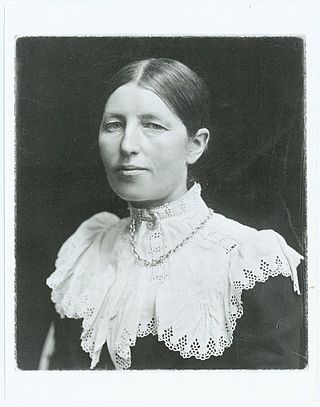
Anna Ancher was a Danish artist associated with the Skagen Painters, an artist colony on the northern point of Jylland, Denmark. She is considered to be one of Denmark's greatest visual artists.
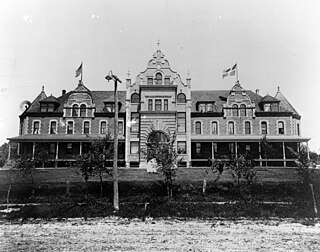
Benedict Nordentoft was a Danish educator and cleric, principally remembered for the years he spent in Solvang, California, where he and his colleagues established a Danish community with a Lutheran church and a folk high school.

Line Luplau (1823–1891) was a Danish feminist and suffragist. She was the co-founder of the Danske Kvindeforeningers Valgretsforbund or DKV and first chairperson in 1889–1891.

Henriette Marie Antonette Luplau was a Danish artist and educator, active in the women's movement. She conducted an art school for women in Copenhagen with her partner, artist Emilie Mundt.
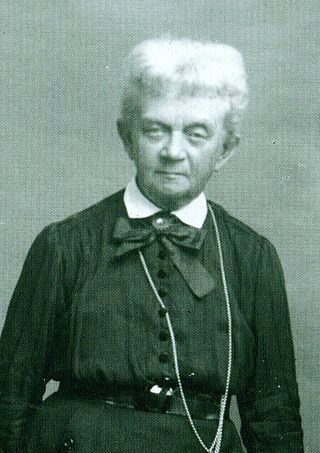
Caroline Emilie Mundt was a Danish painter, known for her portraits of children.

Anna Olivia Nielsen, née Christensen, (1852–1910) was a Danish trade unionist and politician. Under her leadership, the Danish Women Workers Union (KAD) gained prominence as agreements resulted from effective strike action. Founded 1901, Nielsen chaired the organisation until her death in 1910.

Nathalie Sophia Nielsine Caroline Rink née Møller was a Danish writer and ethnologist. Together with her husband Hinrich, she founded Greenland's first newspaper, Atuagagdliutit, in 1861. She is credited as being the first woman to publish works on Greenland and its culture.

Marie Nicolina Theodora Rovsing née Schack (1814–1888) was a pioneering Danish women's rights activist. From 1871 to 1888 she was a board member of the Danish Women's Society, serving as president from 1883 to 1887. Interested in allowing women to practise crafts and manual work traditionally reserved for men, on her death she left a legacy which among other things allowed two women to be the first in Denmark to qualify as carpenters.
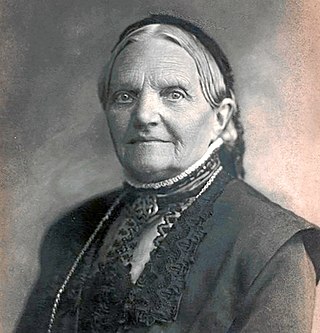
Jutta Bojsen-Møller born Bojsen (1837–1927) was a Danish high school proponent, a women's rights activist and a member of the Danish Women's Society which she headed from 1894 to 1910.
Johanne Hermansen Andersen (1913–1999) was a Danish Lutheran priest, one of the first three women to be ordained into the Church of Denmark. As a result of legislation introduced by the Church Minister Carl Hermansen in 1947, the following year, together with Edith Brenneche Petersen and Ruth Vermehren, she was ordained by Bishop Hans Øllgaard in Odense Cathedral. Denmark thus became the first country in the world to have women priests. Andersen was the first woman in Denmark to serve as a parish priest. In 1948, she was appointed parish priest in Nørre Ørslev on the island of Falster and later moving to Vigerslev Church in Copenhagen. In 1965, she became the parish priest of the newly established Margarethe Church, also in Copenhagen.

Kirsten Marie Christensen (1860–1935) was a Danish politician who represented Venstre or the Liberal Party of Denmark. In 1918, she was one of the first five women to be elected to the Landsting. The others were Nina Bang, Marie Hjelmer, Olga Knudsen and Inger Gautier Schmit.

Johanne Marie Abrahammine Meyer née Petersen (1838–1915) was a Danish suffragist, pacifist and journal editor. A pioneering member of various women's societies, from 1889 she served on the board of the pacifist organization Dansk Fredsforening and became the influential president of the progressive suffragist organization Kvindelig Fremskridtsforening (KF). From 1888, Meyer was editor of KF's journal Hvad vi vil, to which she contributed many articles.
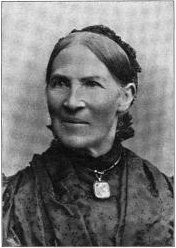
Hedevig Rosing was a Danish-born Norwegian author, educator, school founder, and suffragist. She specialized in teaching the deaf-mute. She was the first woman to teach in Copenhagen's public schools.

Ane Marie Louise Dagmar Hjort née Harbou (1860–1902) was a Danish schoolteacher, writer and women's rights activist. A member of the Danish Women's Society, she was particularly interested in achieving women's voting rights and became a member of the Danske Kvindeforeningers Valgretsudvalg when it was established in 1898. She called not only for equality of the sexes in social, economic and political spheres but for women's liberation from family ties to the home. In addition to the articles she contributed to journals and newspapers, she compiled a history of the women's rights movement in North America. Published posthumously as Kvinderetsbevægelsen i Nordamerika (1906), it was widely used in orienting development of the women's movement in Denmark.

Ane Marie Johansen Egeberg (1865–1952) was a Danish schoolteacher and women's rights activist. Based in Vejle, she established the local branch of the Danish Women's Society which she headed for 16 years. On the political front, from 1924 she was a member of the municipal council representing the liberal party Venstre.
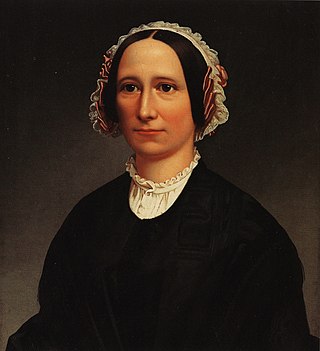
Ane Marie Elise Toft, later Grundtvig, née Carlsen was a wealthy Danish landowner who owned and efficiently administered the Rønnebæksholm estate near Næstved which she had inherited from her first husband following a marriage lasting less than two years. She opened up Rønnebæksholm to religious revivalists, attracting both clerics and laymen to the estate. In 1851, she married the influential philosopher, N.F.S. Grundtvig, who had visited the estate in 1846. Her manor house subsequently became one of the principal centres of Grundtvigian activity while Grundtvig became deeply devoted to Toft, treating her as his independent and spiritually equal partner.

Karen Marie Christensen was a Danish trade unionist, women's rights activist and politician. She founded the first union for maids in Denmark, serving as the chairman of the Danish Maid Unions from 1904 to 1927 and the leader of its trade school, Københavns Tjenestepigeforenings Fagskole, from 1906 to 1938. Christensen's primary goal was to obtain stable pay and better working conditions for domestic workers in Denmark. In 1904, she became the first working-class woman to sit on a Danish government commission, which was charged with reexamining the 1854 Tyendeloven.
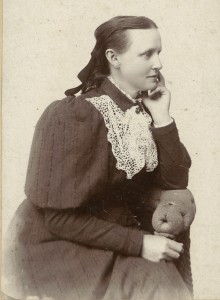
Jenny Erasmine la Cour (1849–1928) was a Danish teacher and textile artist. After attending Askov Højskole as a student, she taught there and in 1885 took charge of a house for girls undertaking teacher training. In 1888, she attended the folk high school in Åkarp, Sweden, to learn weaving and embroidery. The following year she gave courses in weaving in her home, pioneering the revival of hand weaving in Denmark. In 1886, thanks to a grant, she opened a weaving school attached to the Askov school where she taught 800 students over the next 25 years. In 1913, together with a number of colleagues, she established a weaving school in Copenhagen, Husflidsselskabets Vævestue.
Anna Christine Abeline Lohse (1866–1942) was a Danish schoolteacher and women's rights activist from Odense on the Danish island of Funen. In addition to teaching at the same school for 52 years until her retirement in 1936, she was an active member of the Odense chapter of the Danish Women's Society from its establishment in 1890, becoming an honorary member in 1915. She fought for better education as a means of improving women's self-sufficiency and employment opportunities. In this connection, in 1891 she established an evening school which women could attend free of charge.

Maria Nielsen (1882–1931) was a Danish historian and headmistress. In 1919, she became one of the first women in Denmark to head a public high school when she was appointed rector of Rysensteen Gymnasium in Copenhagen. She was particularly attentive to pupils from needy homes and strove to provide better living conditions for her female students. Nielsen also published well-sourced history textbooks in an attempt to move away from rote learning. In 1926, she was behind the establishment of Denmark's History Teachers' Union (Historielærerforening) which she chaired until her death. She was also active in the educational activities of the League of Nations, participating in sessions held in Geneva.


















